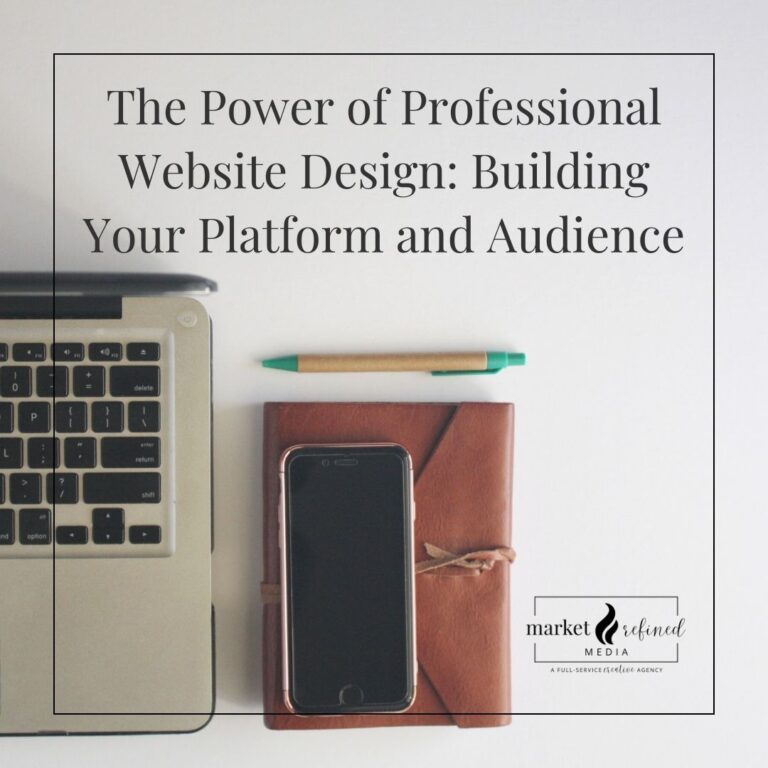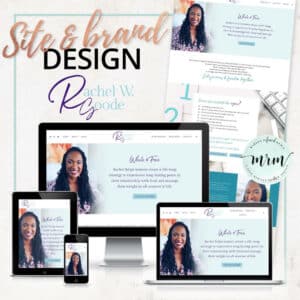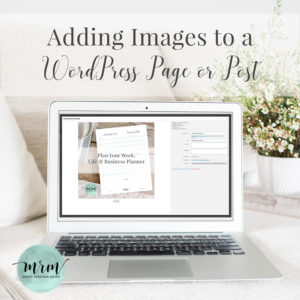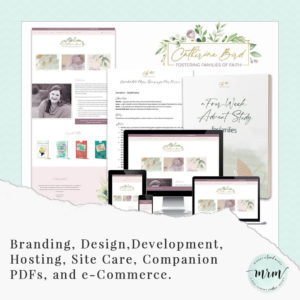
In today’s online world, your website isn’t just a digital business card—it’s a crucial part of building your brand and connecting with your audience. Investing in a professional website design isn’t just about looking good; it’s about creating a powerful platform ready for growth. A polished design can also enhance user experience, encouraging visitors to stay longer and explore more. Let’s discuss why a top-notch website design is so important for platform and audience building.
1. First Impressions Matter
A well-designed site makes a great first impression and encourages visitors to stick around and see what you’re all about. As an author or a small business owner, your website is often the first taste potential readers will have of your message, or that possible customers will have with your business. When someone visits your website, they’ll form a quick opinion about your brand, typically in just a few seconds. A current, user-friendly design can feel like a “welcome mat”, telling new visitors that you are professional and trustworthy. On the other hand, a clunky or outdated site, or one that feels unorganized and hard to navigate, can turn potential followers or customers away quickly.
2. User Experience (UX) Is Priority
Recently we shared with a couple of our clients that our jobs are no longer just about creating a pretty online space. As professional designers and developers, it’s necessary for us to prioritize the end-user’s experience {almost} above everything else. Designing a new website isn’t just about the aesthetics—it’s also about how easy it is for visitors to use the site. To keep users on your site longer than those first few seconds, and to ensure they return to your website again and again, it’s essential that your website feel intuitive and easy to navigate.
It’s important to organize your content logically and to use clear navigation menus that guide users seamlessly through your site. Providing clear pathways to the content that interests them and a smooth overall experience will lead to higher conversation rates, lower bounce rates or loss of traffic, and growing email or customer lists of those who want to stay engaged with what you have to offer.
A professional website design is also a responsive design, one that guarantees your website looks great and functions as expected on both desktop and mobile devices. A well-done, mobile-friendly design will prioritize essential information and ensure that your layout adapts well on all devices and in all current browsers.
3. SEO Optimization Helps You Get Noticed
We often talk about the importance of SEO, and for good reason! When done right, SEO can help drive organic traffic to your website and social profiles, creating the opportunity for new conversations with potential clients or followers.
Professional designers incorporate SEO best practices right into the design, from fast loading times to clean code and well-structured content. It’s important to incorporate relevant keywords into your site’s content, to use descriptive alt tags for images, and to be sure navigation links, buttons, and calls-to-action are clear and easy to navigate.
Related to above, enhancing the user experience also boosts your search engine rankings, since Google prefers mobile-friendly websites.
4. Communicate (Clearly) Who You Are and What You Offer
Just like a professional design ensures brand consistency in the look and feel of your website, an intentional design will also contribute to what you communicate through your website. When someone lands on your homepage, they should immediately grasp what sets you apart, and this message should be woven throughout your site. Strategic placement of engaging headlines, concise and clear copy, and calls to action (CTAs) will immediately showcase your unique value to new visitors.
Effective and well-placed CTAs will guide your visitors through your process, sales funnel, or tripwires—toward whatever next steps you have for them, whether that’s signing up for a newsletter, making a purchase, or reaching out for more information. A professional design will make sure these stand out visually and use action-oriented language and that the requested action is easy to complete!
5. Refresh, Refresh, Refresh
A professional website design is not a one-and-done solution. Even with a well-thought-out design, it is still super important for you to refresh your website’s content regularly to keep them fresh and relevant, especially as your audience or business begins to grow. An updated website is reflective of a dynamic brand and one that values its audience.
Incorporating testimonials, reviews, and portfolios of your recent work or releases into your site design is an easy way to keep your content from feeling static. Not only does this ensure Google continues to revisit and index your website for search result purposes, but this transient content can greatly influence potential customers and connections, build trust and credibility, and enhance your reputation and reach.
Side note on this point: Your website design is just one piece of the puzzle. Regularly updating your blog, sending out newsletters to subscribers, and engaging consistently on social media can also help significantly with establishing your online presence and keeping traffic flowing to your site. Showing up authentically in your emails and social posts gives visitors a glimpse of the person or team behind the website, fostering trust and building genuine relationships.
In short, we believe investing in a professional website design is absolutely essential for building a strong and successful online platform. With the right foundation, your website can be a valuable member of your team and a dynamic tool that reflects and supports your current goals and evolves with you as your business and audience expand.
This post may contain affiliate links. Read our full affiliate disclosure here.





